I’ve always had a soft spot for Antwerp—Brussels’, quirky little sister—overflowing with history, character, and Flemish culture. At its core lies a heritage that’s inextricably linked to the production and development of Belgian beer.
I meet with Regula Ysewijn, aka “Miss Foodwise,” an Antwerp-native and photographer, writer, and recently qualified beer sommelier with a great knowledge of the city.
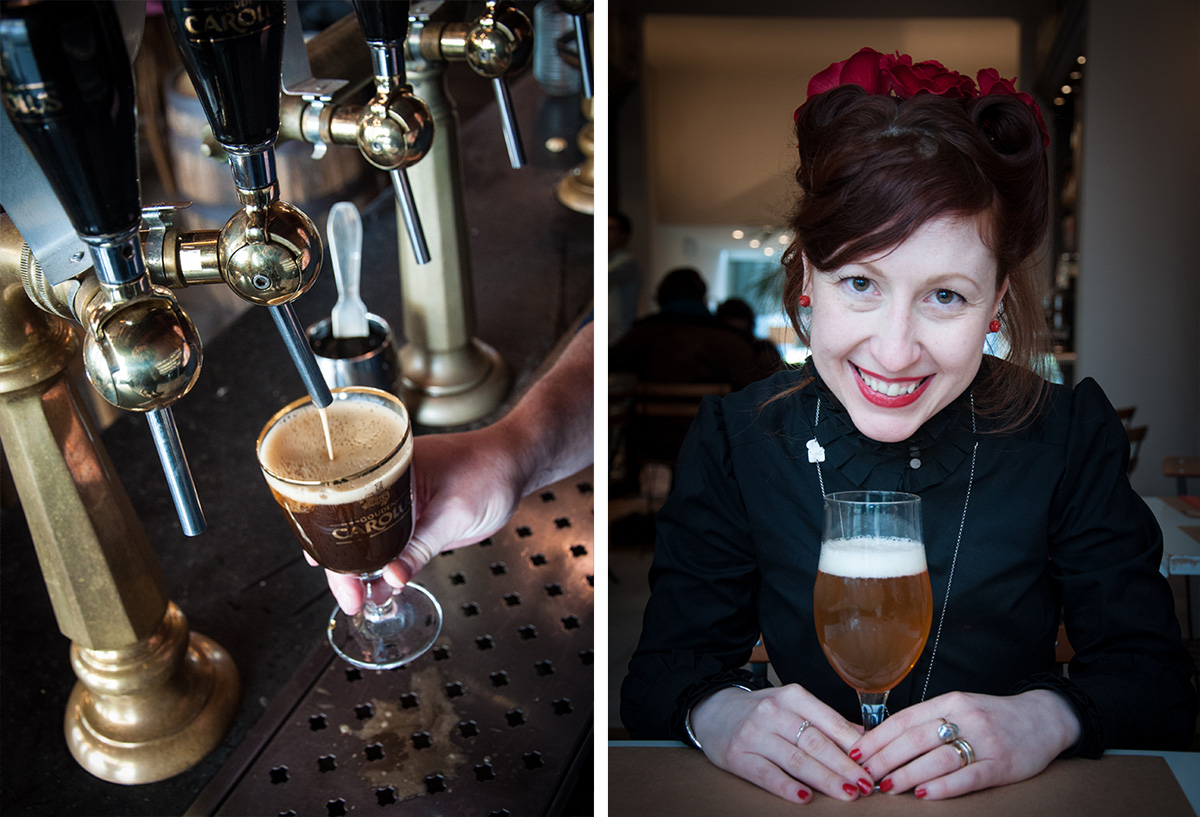
“Brewing in Antwerp dates back to the 1300s, however in the seventeenth century the waterways became polluted, and drinking water was in short supply,” she explains. “To get clean water to the breweries a water pipe ran directly to the brewers’ street. This made drinking beer (rather than unclean water) the only option for the people”.
However, because taxes were high, beer was cheaper outside the city walls. Eventually, the boundaries were widened to include those breweries on the parameters.
“Thus brewing in the city wasn’t only responsible for the development of clean water,” she continues, “but for the boundaries of Antwerp as we know them today.”
Ysewijn directs me to Het Anker in Mechelen, a brewery just outside the city whose story is as old as Belgian beer itself. Het Anker owes its existence to the Beguine; a community of semi-monastic religious women who baked bread, grew vegetables, and nursed the ill in Mechelen in the fifteenth century. In 1471, the Beguine were granted permission to brew beer for their private use, free of tax and excise duties, and the brewery was born.
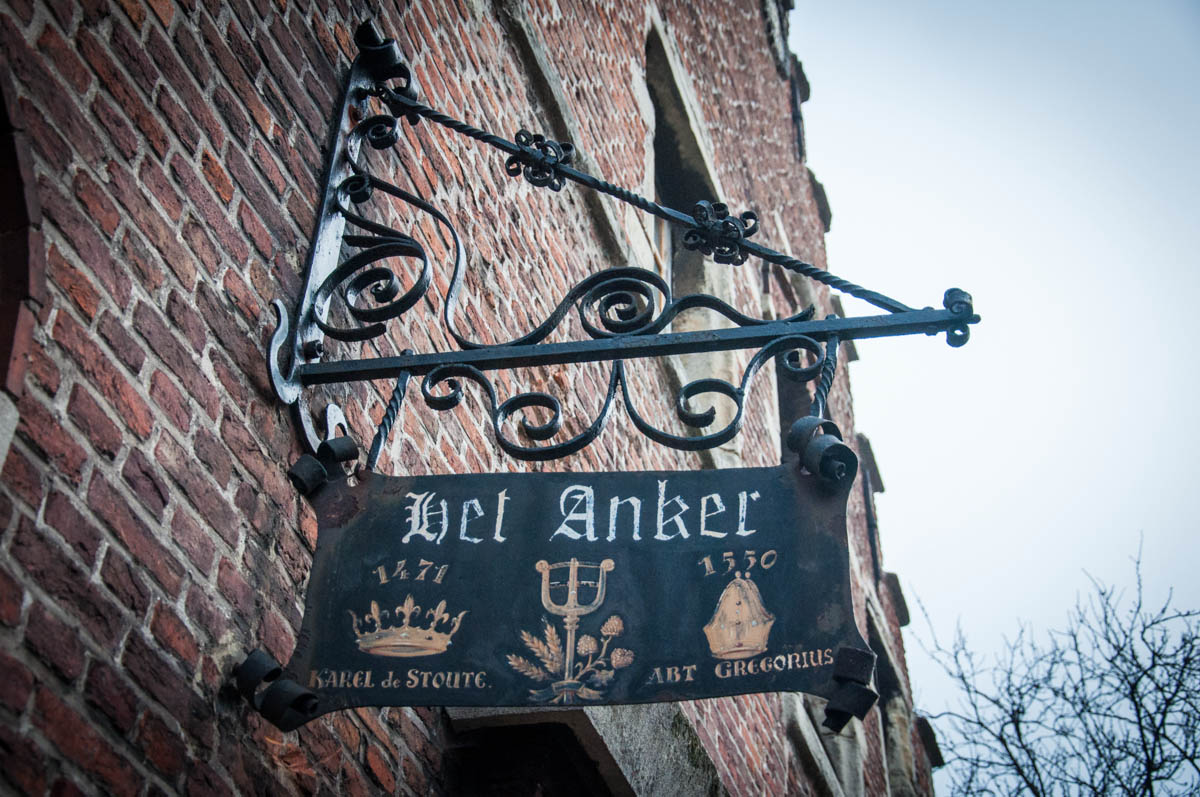
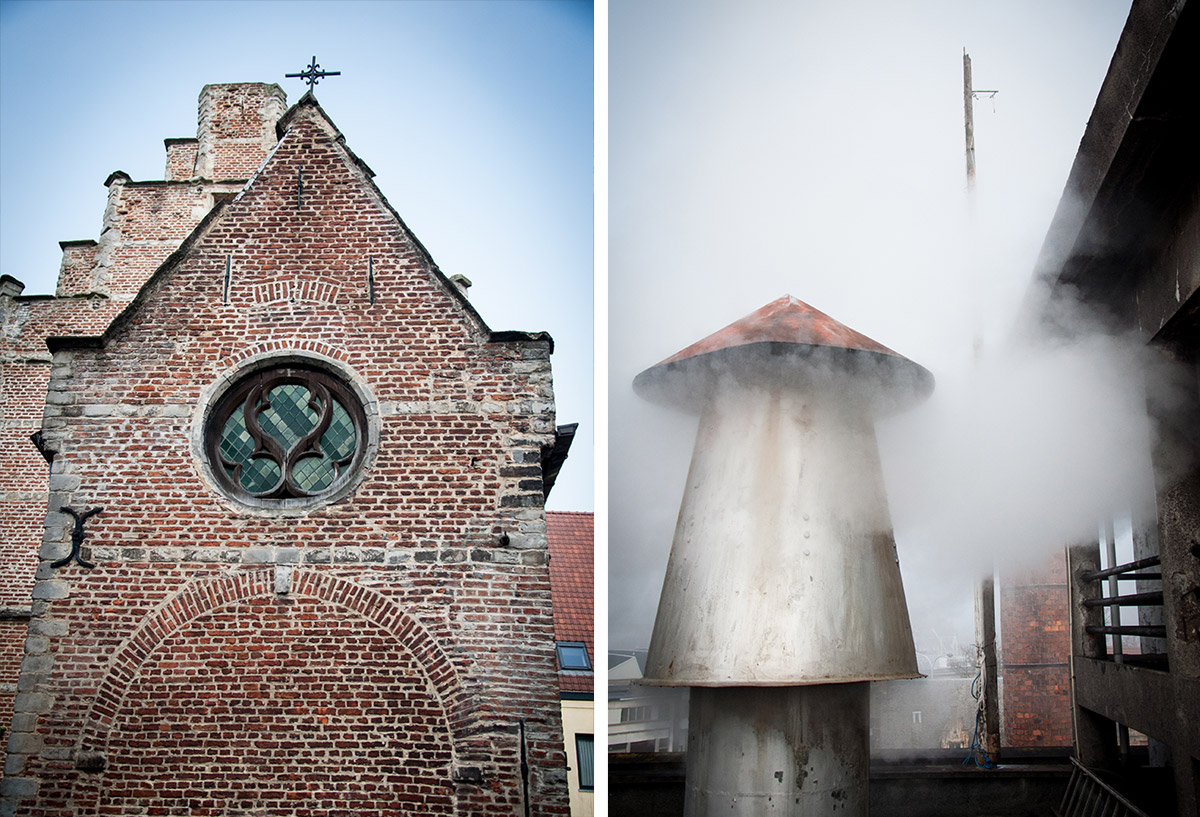
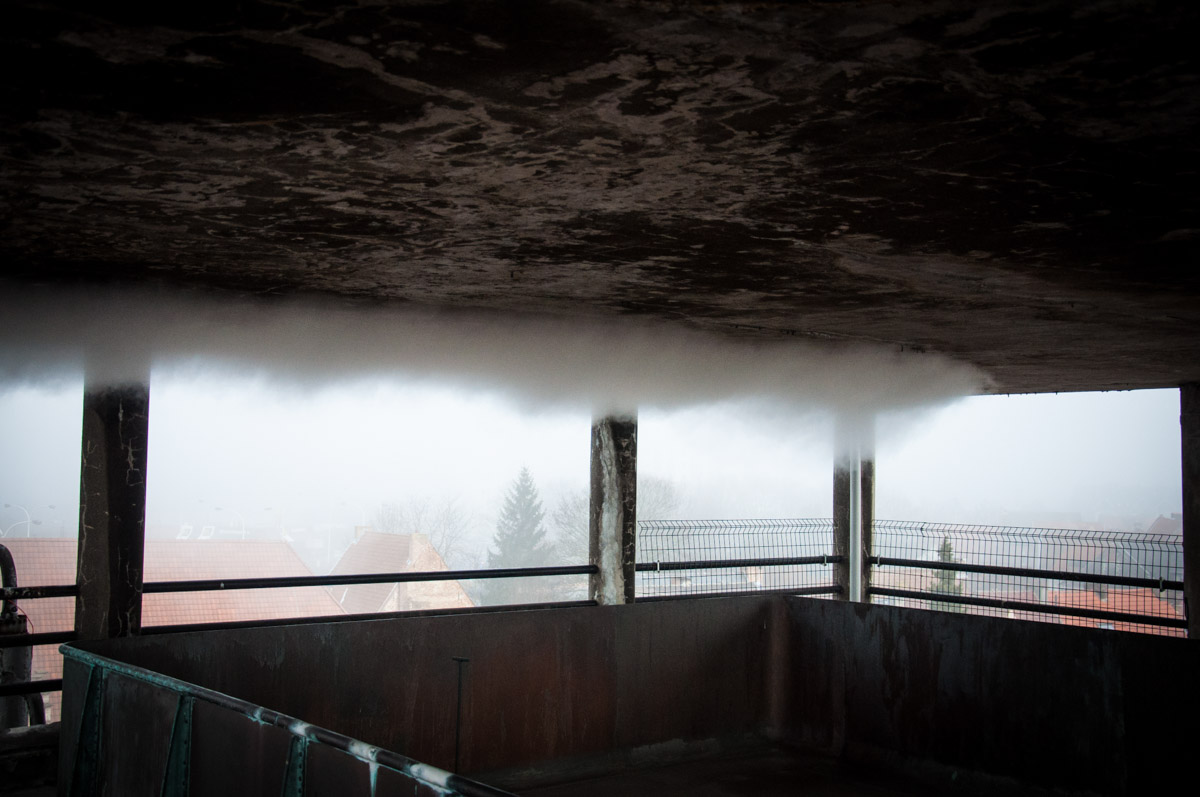
In 1872, the Van Breedam family acquired Het Anker, transforming it into one of the most modern steam-operated breweries of its generation. Since 1990 Charles Leclef has presided over the brewery. As a fifth generation Van Breedam, Leclef has modernised the brewing equipment and launched new beers.
I visit Het Anker on a cold, misty, winter morning, the air thick with a malty fug and steam that billows out of metal chimneys. I’m taken to the brew room with its giant hammered, copper kettles. In the first kettle, water is mixed with wheat starch, boiled, and then pumped into the second kettle, where a variety of malts are added to the “wort” (the liquid extracted from the mashing process during the brewing). It’s then heated to between fifty-five and seventy-two degrees celsius to caramelize.
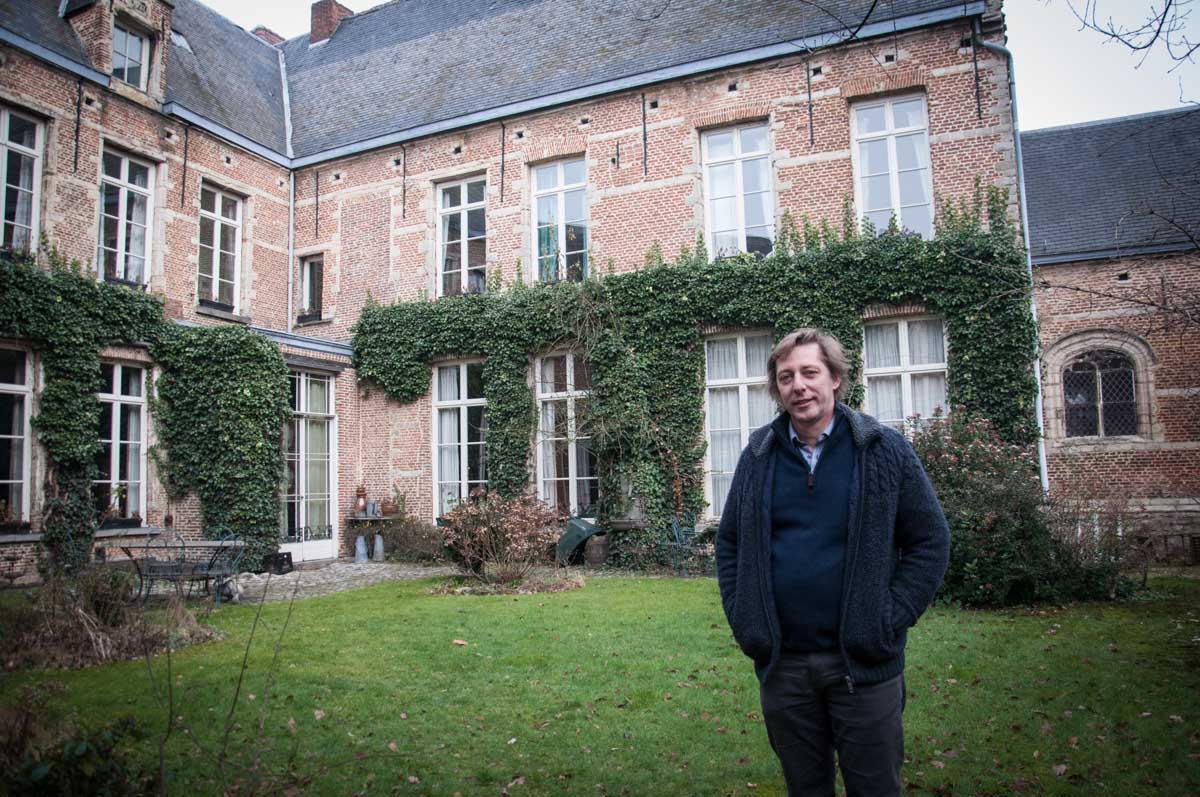
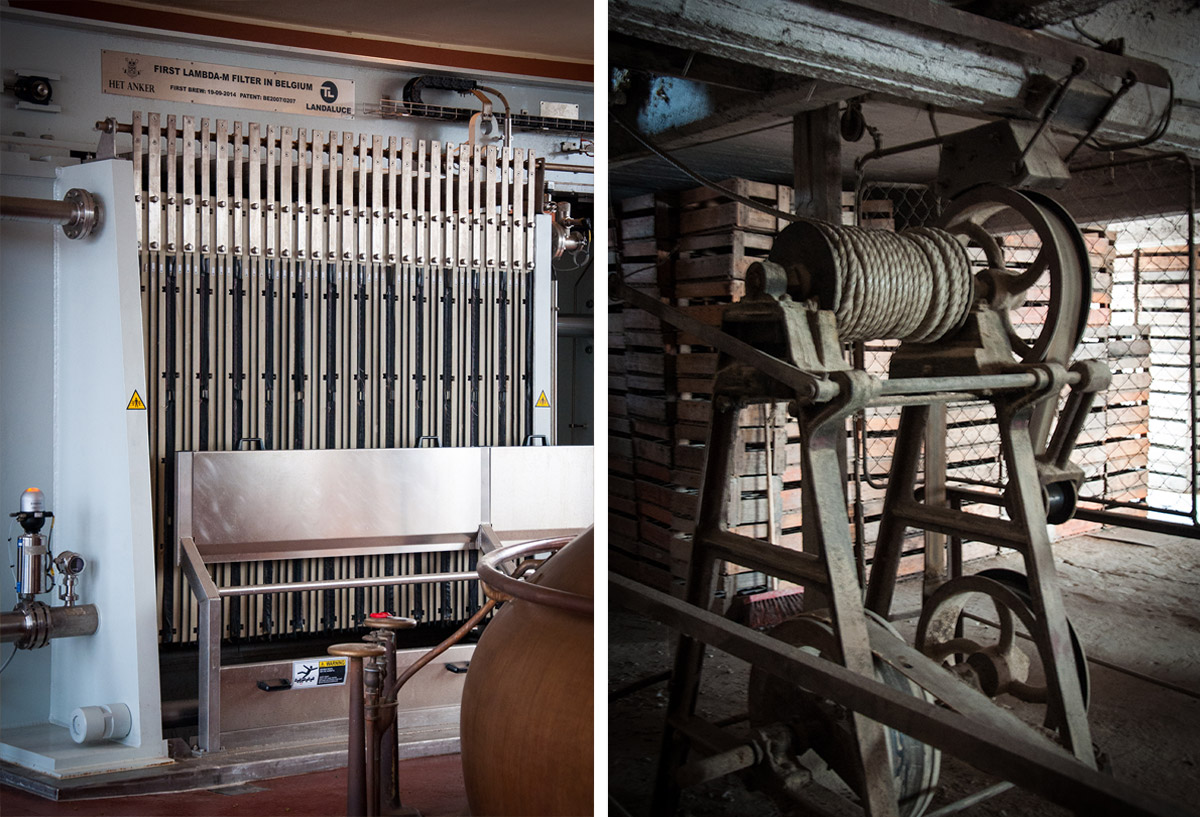
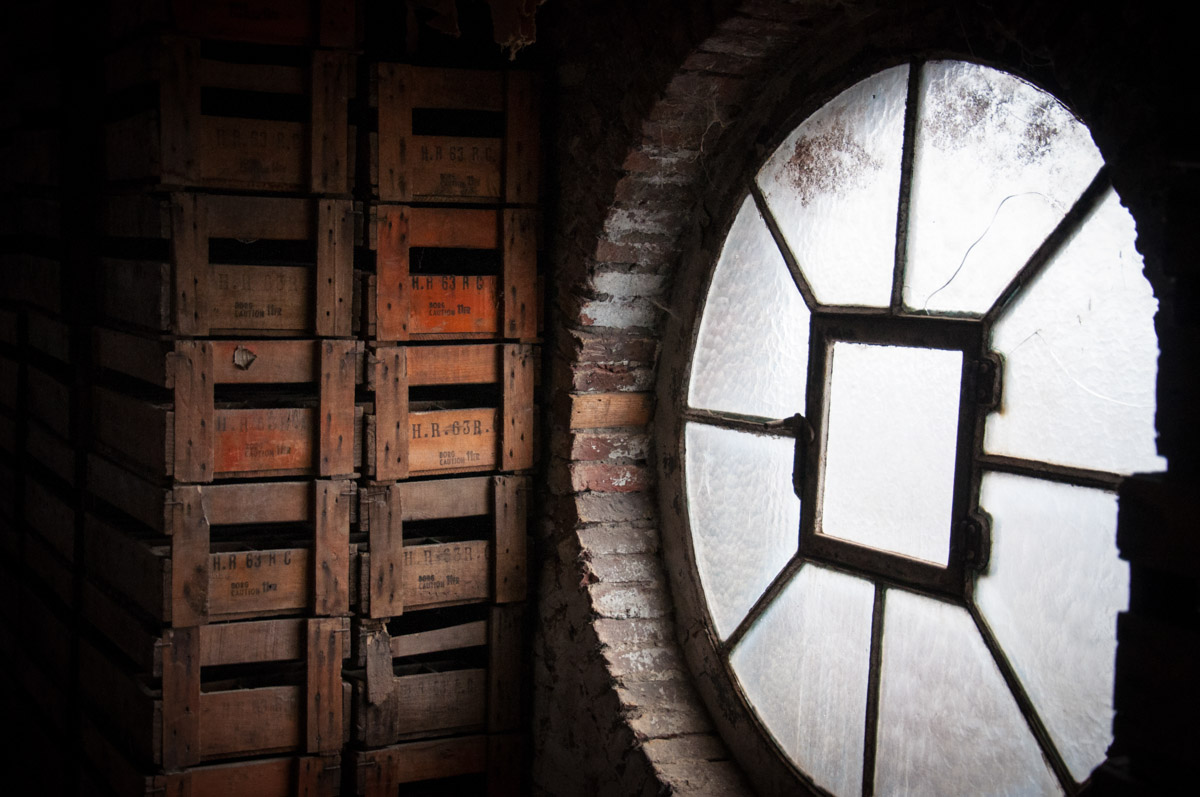
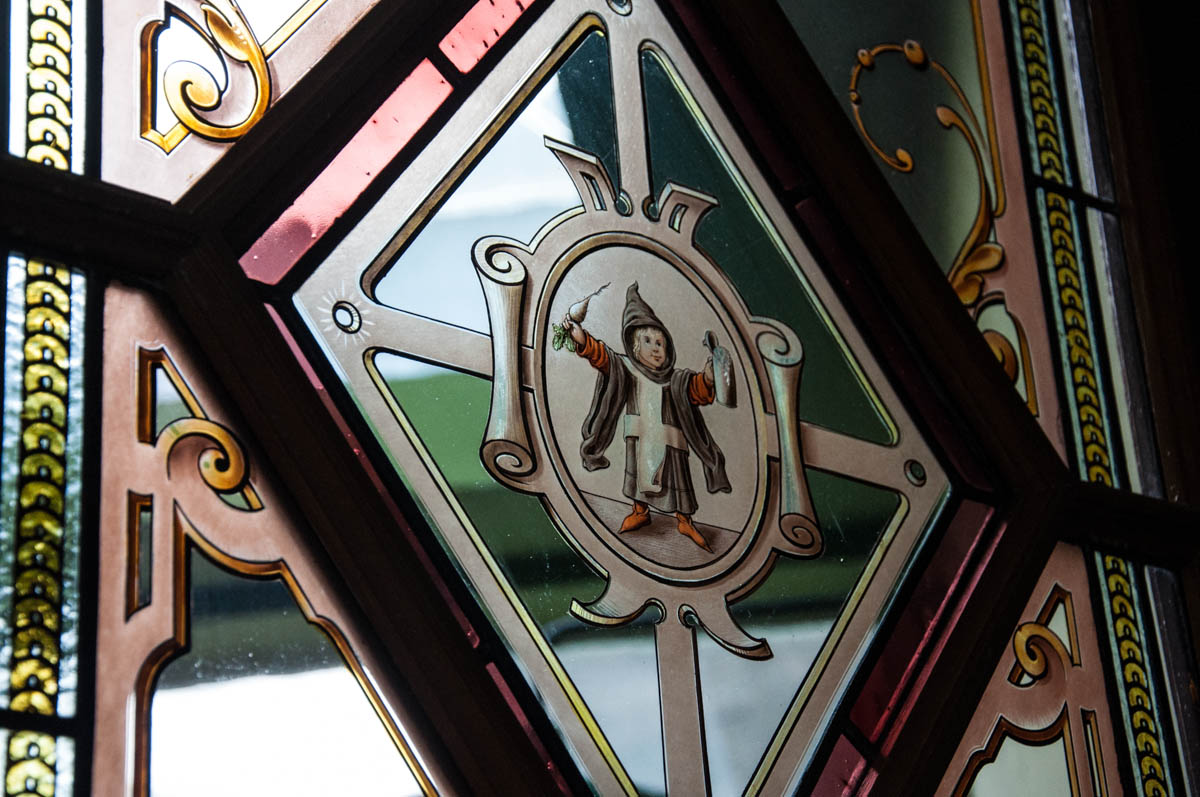
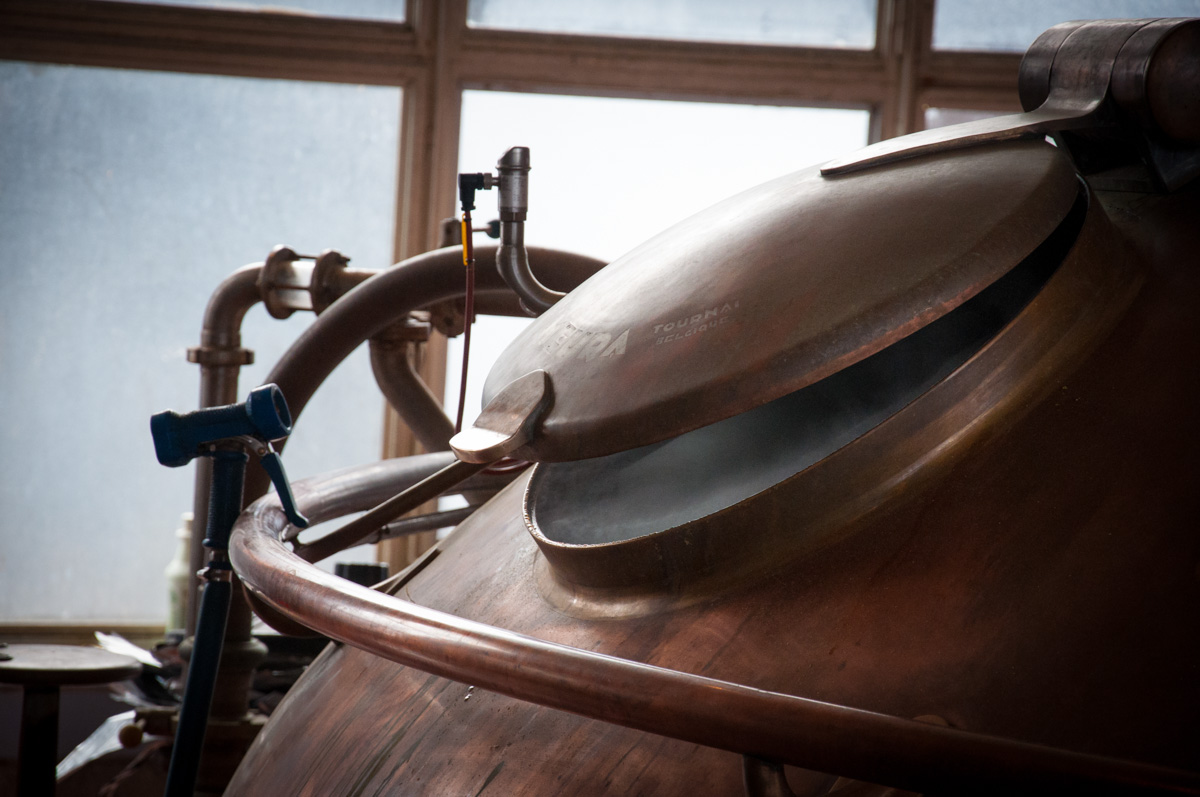
The wort moves through the filter to the third kettle, where hops and herbs are added before leaving the brew room at around one hundred degrees celsius. Centrifugation and heat regulation follow, the temperature is brought back to twenty-two and it’s pumped into cylindroconical fermentation tanks. The first fermentation takes seven days, the beer is cooled to negative one degree celsius, and then maturation begins.
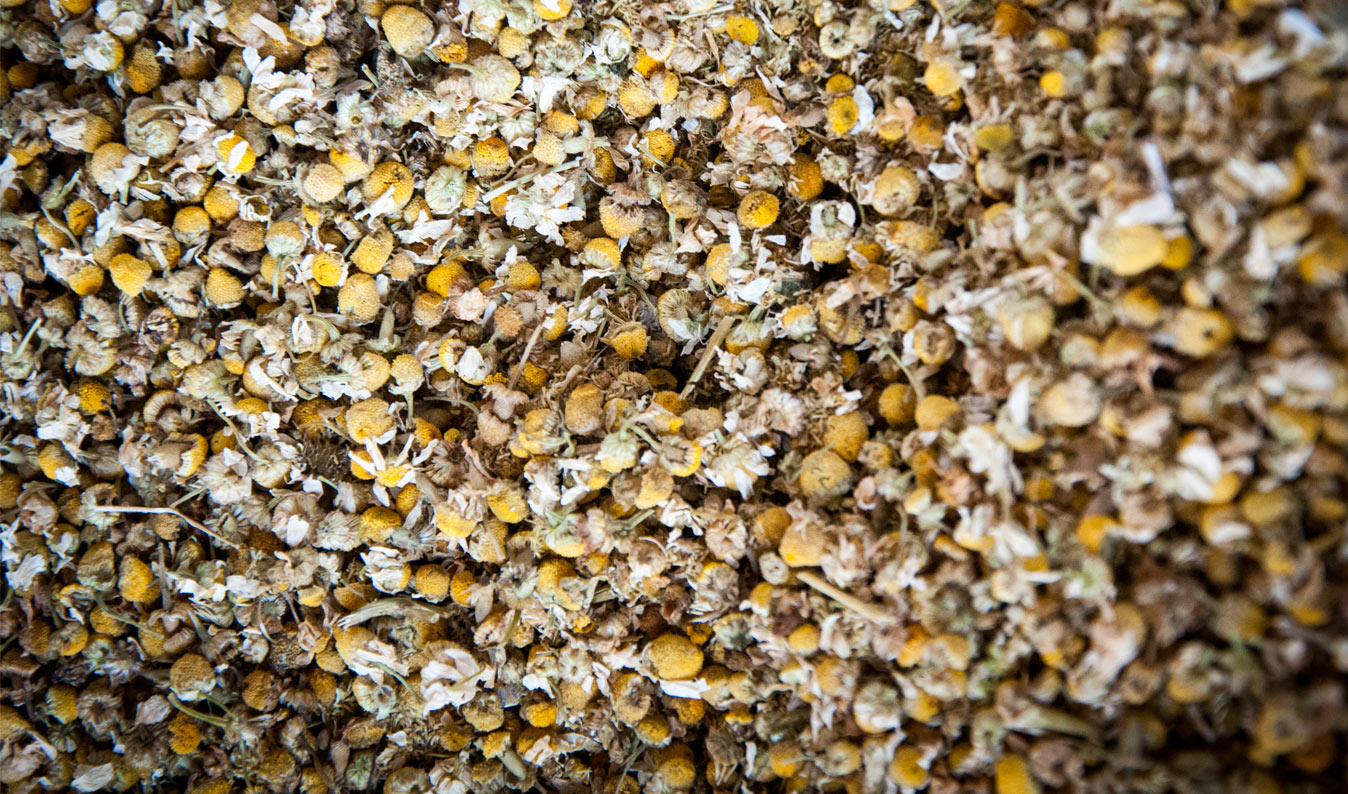
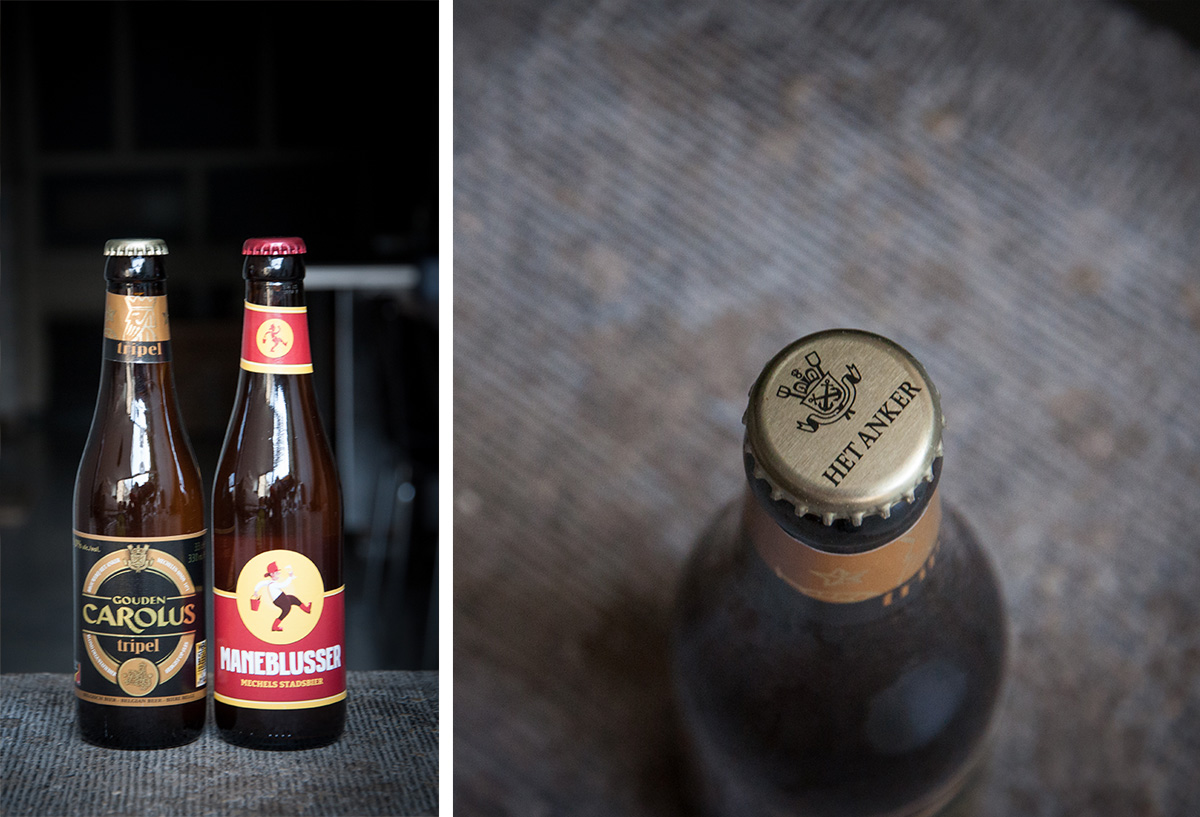
Het Anker has seven different brews. Of these, the Carolus Tripel and Dark Ale were celebrated at the World Beer awards in 2012. The Maneblusser is an easy-drinking blond beer “for the people of Mechelen,” and the Carolus Christmas beer follows an age-old tradition for festive beers that have been matured.
—
Het Anker
Guido Gezellelaan 49, 2800 Mechelen, Belgium





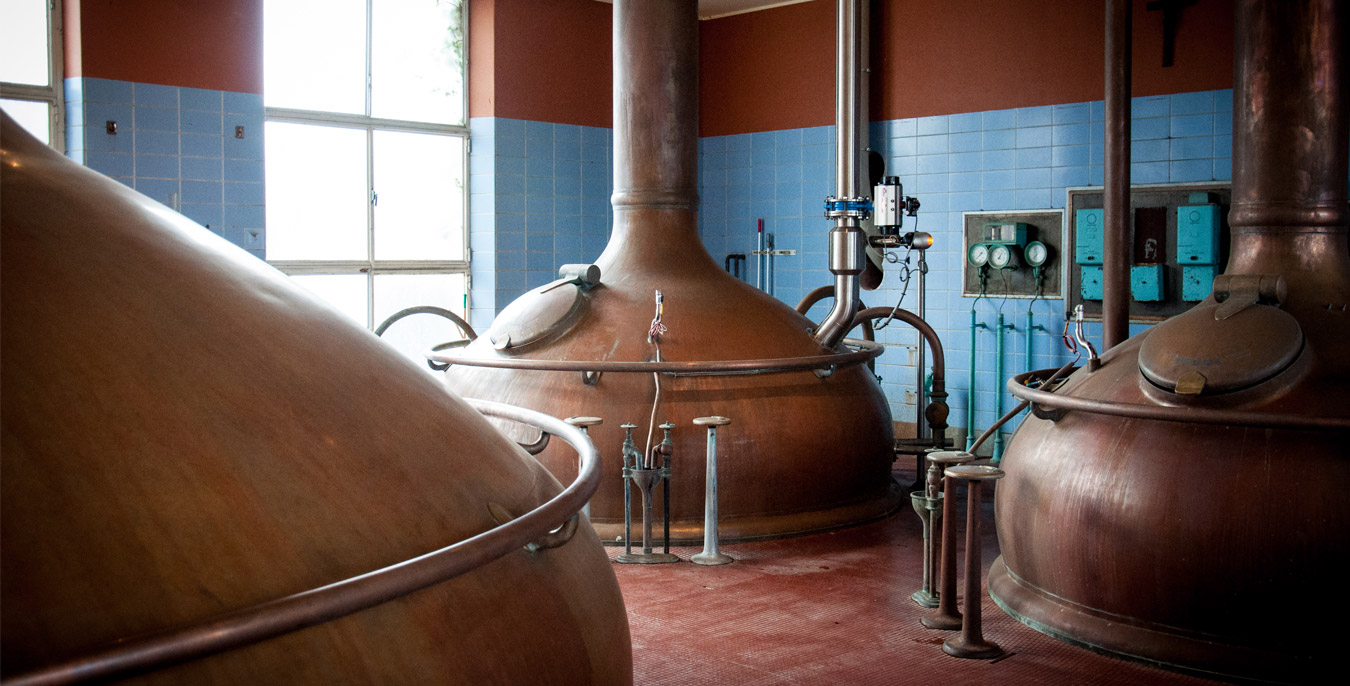

Our comments section is for members only.
Join today to gain exclusive access.